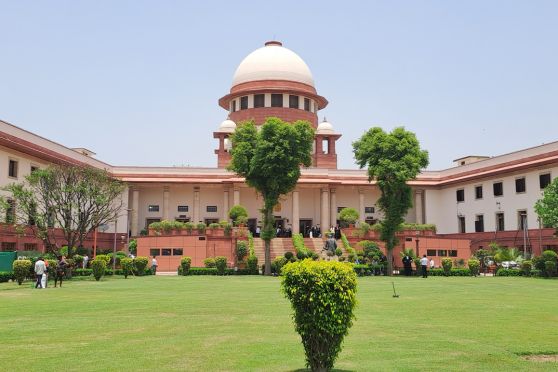To the common eye, law and justice share a complementary relationship. The objective of law and legal institutions — the court — the lay person contends, is to provide justice to every tier of society. Yet, this linearity is not a given. This was one of the most important points that D.Y. Chandrachud, the Chief Justice of India, made during his speech at the Hindustan Times Leadership Summit. Mr Chandrachud reiterated that law and justice end up following a different — conflicting? — trajectory in instances where legislations end up being instruments of oppression. Empirical evidence confirms the CJI’s argument. India’s colonial history is replete with examples of the State weaponising laws to legitimise the oppression of a subjugated people. The law on sedition — it has had a long afterlife in Independent India — can be cited as a piece of rogue legislation. It can also be argued that the tradition of passing oppressive legislations has continued unabated. Every political regime has been complicit in this transgression.
The obvious need then is to align the paths of law and justice when the former is aberrant. But here too, Mr Chandrachud made a singular point. The responsibility of ensuring that law does not impede on rights and liberties, be they collective or individual, does not lie with the courts alone. It is a shared commitment. It would be singularly obtuse to interpret the CJI’s remark as an endeavour to shield the law from its principal duties. In fact, by emphasising collective responsibility, Mr Chandrachud may have reiterated that such key institutions in a democratic set-up as the executive and the judiciary are bound to each other through a common compact: the framing and interpretation of laws, respectively, for the benefit of the people. Mr Chandrachud’s prioritisation of this shared vision is welcome given the rising concern about the strain in the ties between the current government and the judiciary. Their contrasting views on the collegium system bear evidence of simmering differences. Governments rise and fall. But institutions are permanent. Mr Chandrachud stated that the longevity of the judiciary is predicated upon its ability to be compassionate and empathetic, elements that enable the courts to be receptive to the cry on the street. Can the same be said about successive political parties that have been in charge of the nation’s progress? Therein lies one of the answers to the citizens’ unshakeable trust in the court but not the government.











